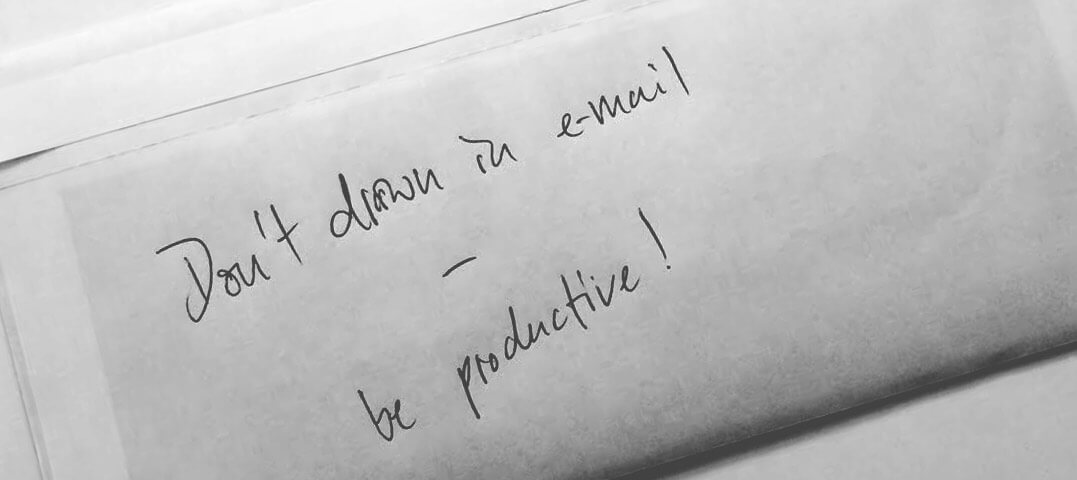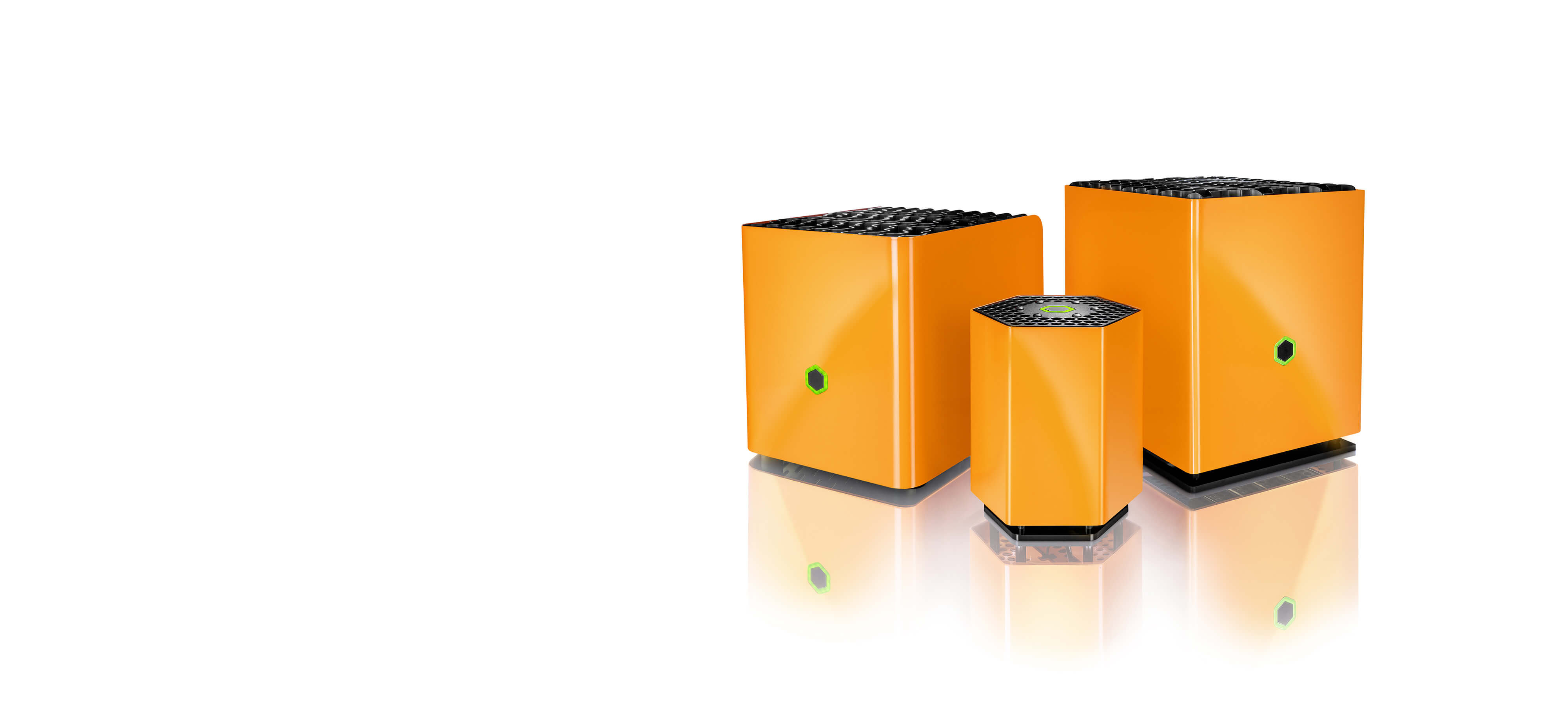Three great productivity tips for people who don’t use productivity tools
By Protonet Team. Published 6. March 2014.
We are a social collaboration software company and so we spend a lot of time researching and testing productivity tools and social technology solutions. It doesn’t matter if they come from a hardware or software end or both. You might think social technologies are the default way to interact in business and private life and that most of them cover a vast part of your productivity improvements – but actually this is not really true, yet. We didn’t conduct any quantitative research, but people approach us every day, talking about how the flood of e-mails is killing them slowly.
Of course, Protonet is a great way to improve your productivity, but if you decide to stick with e-mail (for whatever reason), here are two techniques that have been proven to work well:
1. Yesterbox
This technique is known to be practiced by Tony Hsieh, CEO of Zappos, a huge company being famous for excellent service in the online retail business. It has been developed out of the need to de-stress everyday work and keep a good eye on what’s actually happening. The deal behind it involves some discipline, but seems to be able to perform through any business at any time.
The core: yesterday’s e-mails are your to-do’s for the day. This way you have more time to answer, are less stressed and you can get a better feeling of completion when the day is over. Read more about Yesterbox here.
2. Using Gmail in a very smart way
This technique is not for everyone since it’s designed for Google’s mail service, but it might be applicable easily, since all the services somehow work the same. It’s designed by Andreas Klinger, who is “very good at making people think he is good at everything” – and early stage startup stuff. He basically suggests that you should have four folders: “to-do”, “awaiting reply”, “delegated” and one for all your scheduling. As this might sound pretty obvious, I wonder how many people are really doing this.
Find out about how to use Gmail in a very efficient way here.
3. Start thinking about how productivity works
This means taking your time to set up a system that helps you manage getting things done. Ad hoc work seems more convenient and some do trust their great response times to keep their inbox empty – but it makes you feel uncomfortable when you see the numbers on your smartphone getting bigger and bigger – because it usually means incoming work. Or, what’s worse, the amount of your e-mails gets up to the hundreds and you start becoming unresponsive. Invest some time choosing the right technique/technology and you will have more time to bring your company forward.

